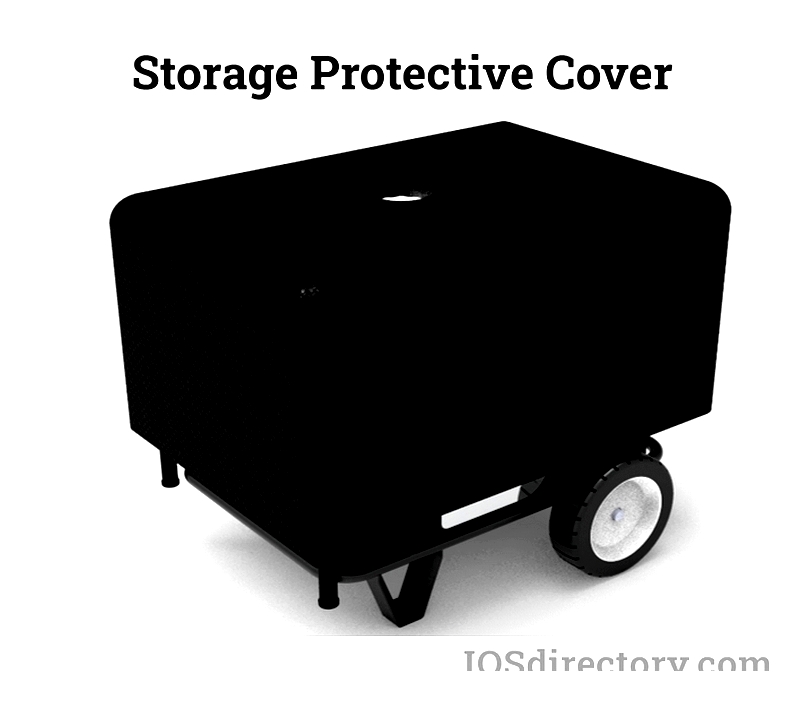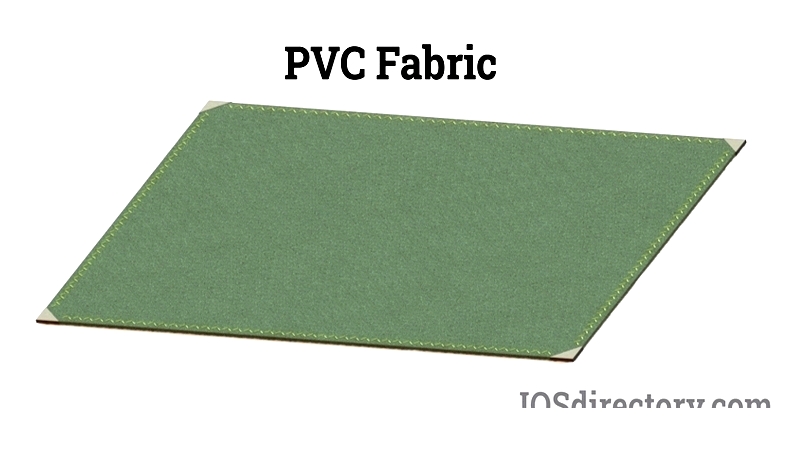Introduction
This article provides essential knowledge about protective covers, including their creation, usage, and other related information.
You will learn about:
- What is a Protective Cover?
- Protective Cover Materials
- Equipment Used to Create Protective Covers
- Types of Protective Covers
- Benefits of Protective Covers
- And much more...

Chapter One - What is a Protective Cover?
A protective cover is a specially designed fabric that shields equipment, individuals, surfaces, and enclosures from various environmental conditions. These covers protect against threats like UV rays, dust, dirt, moisture, and other harmful elements. They come in various sizes and styles, ranging from small covers for outboard motors to large ones capable of covering entire freight trains, including semi-trucks.

Protective covers are tailored to fit the exact dimensions of the objects they protect. The material composition varies based on intended use, with options including natural fibers and specific plastics. During production, the covers are meticulously crafted with secure seams using advanced stitching techniques to ensure a snug fit.
Often, protective covers are customized to meet specific environmental requirements. Manufacturers offer personalization options, allowing customers to choose suitable fabrics based on environmental challenges and the objects needing protection.
Chapter Two – What are the different types of protective cover materials?
A wide range of durable, high-quality fabrics are used to create protective covers for industrial, commercial, and residential applications. These covers, whether custom-made or standard, are essential for shielding equipment, machinery, vehicles, and outdoor furniture from environmental hazards and premature wear. The choice of material directly affects performance in resisting moisture, UV radiation, chemicals, abrasion, and temperature extremes. While all materials serve the same basic purpose—protection—they differ in their specific properties and ideal use cases. Some resist chemicals and UV light, while others protect against moisture, mold, or fire.
Materials used for industrial protective covers include natural fibers like cotton and canvas, as well as synthetic plastics such as PVC, polyethylene, and polypropylene. These materials are selected based on the environment and application—whether for outdoor weather protection, chemical resistance, or dust prevention. Choosing the right material ensures durability, longevity, and cost-effectiveness.
Common Characteristics of Protective Covers
Protective covers often share key attributes that make them suitable for various applications. High-quality covers must withstand tough conditions while maintaining their protective integrity. Below are some common features to consider when selecting protective fabrics:
- Water Resistant – Essential for preventing moisture damage and corrosion
- Lightweight for easy installation and removal
- Easy to handle, fold, and transport
- Drapes easily to conform to irregular shapes
- Exceptionally durable for heavy-duty use
- Resistant to bacteria, microorganisms, and fungi to prevent mold
- Provides thermal insulation against heat or cold
- UV resistant to prevent sun damage
- Vented for airflow to reduce condensation
- Flame retardant for fire safety
- Chemical resistant to guard against spills
- Electromagnetic frequency protection for sensitive electronics
Types of Fabrics
Canvas
Canvas is widely used in military, construction, marine, and industrial applications. This durable, heavy-duty fabric is traditionally made from cotton or linen, valued for its strength and breathability. The dense weave of yarns creates a tear-resistant structure. Canvas fibers are thick, providing superior strength where high-stress protection is needed.
In industrial settings, canvas covers protect tools, machinery, and outdoor equipment from harsh elements. Industrial canvas tarps are weatherproof and abrasion-resistant. Cotton canvas is more flexible and cost-effective than linen, and it can be treated for water resistance, making it ideal for outdoor use.
Cotton Duck (a.k.a. Duck Cloth or Duck Canvas)
Cotton duck is a robust, plain-woven fabric made from densely woven cotton. It is stronger than standard canvas and often treated with water-repellent or flame-retardant coatings. The term "duck" comes from the Dutch word for cloth, "doek."
Cotton duck is graded from 1 to 12, with 1 being the heaviest (used for hammocks and sandbags) and 12 being lighter (for protective clothing and dust covers). Its durability makes it ideal for demanding environments.

Polyvinyl Chloride (PVC)
PVC fabric is a synthetic vinyl used in industrial, marine, and construction industries. It is easy to clean, flexible, and resistant to fire, oil, grease, and water. Its chlorine-based structure provides chemical resistance and durability.
PVC is UV-resistant and impervious to industrial chemicals, making it ideal for outdoor covers and equipment enclosures. Plasticizers enhance its flexibility, making it suitable for custom-fitted covers. Its longevity makes it cost-effective over time.

Polyethylene (PE)
Polyethylene fabric consists of a woven scrim between two plastic layers. It is eco-friendly, recyclable, and lightweight, with excellent moisture and chemical resistance. It comes in various densities, with HDPE used for heavy-duty applications like truck tarps.
Polyethylene is durable and resistant to punctures and UV rays, making it ideal for storage containers, machinery, and temporary structures. Its affordability and versatility make it a popular choice for protective solutions.
Polypropylene (PP)
Polypropylene is a synthetic thermoplastic known for its strength and chemical resistance. It resists fading, staining, and moisture, making it ideal for industrial and commercial use. Woven polypropylene is used for heavy-duty covers, while nonwoven forms are used for filtration and dust control.
Its affordability, flame resistance, and performance in wet and dry environments make it versatile for industrial, agricultural, and medical applications.
Nylon
Nylon is a thermoplastic fiber resistant to impact, abrasion, and harsh weather. Its tensile strength rivals metals, making it suitable for heavy-duty covers. Nylon 6 and Nylon 66 are common types, with Denier ratings indicating thickness.
Nylon resists weather, bacteria, and mold, making it ideal for outdoor use. Its lightweight and adaptable nature makes it perfect for furniture covers, vehicle covers, and industrial curtains.
How to Choose the Right Protective Cover Material
When selecting a protective cover, consider factors like water resistance, UV exposure, temperature extremes, strength, and fire safety. Industry certifications (e.g., OSHA or NFPA) may also be important. Breathability, anti-static properties, and antimicrobial finishes can further enhance protection.
Choosing the right material reduces maintenance costs and extends asset lifespans. Consulting with manufacturers can help tailor solutions for specific needs, ensuring performance and cost-efficiency. Custom-fabricated covers may be necessary for specialized applications.




